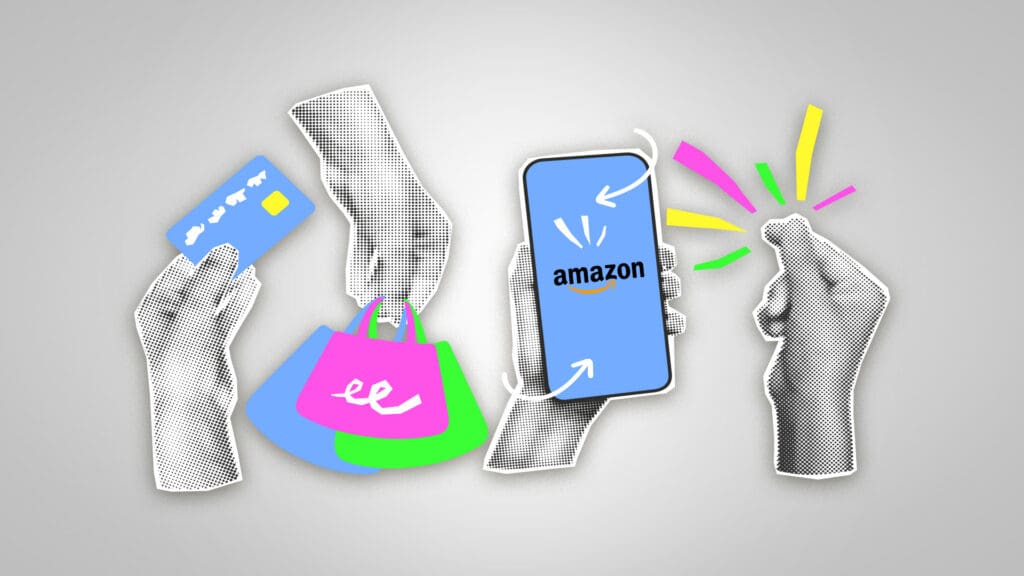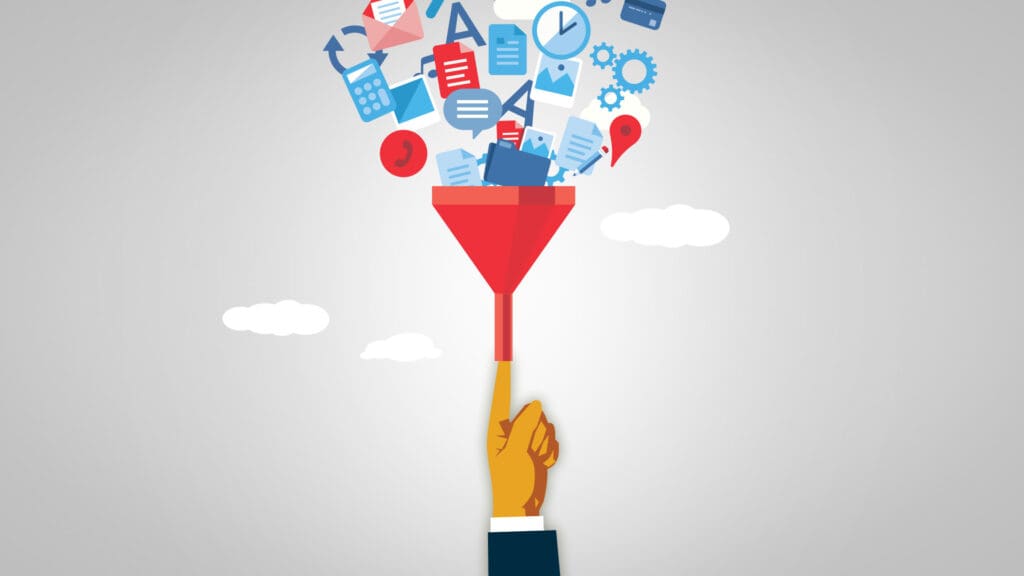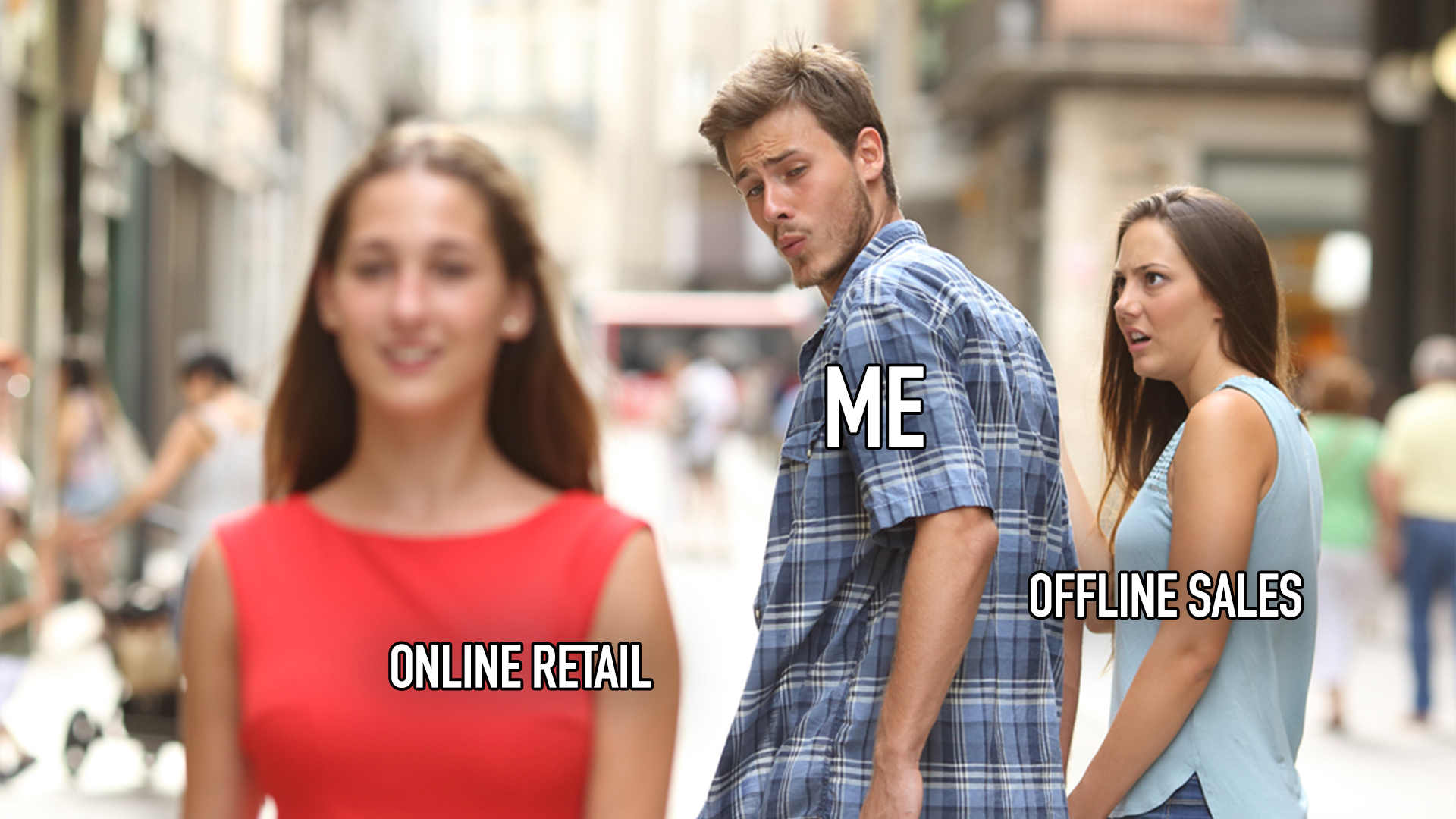
Retail vs. E-Commerce: Do You Focus Too Much on Online?
Online sales are booming! E-commerce is the way! Brick-and-mortar stores are over!
To these paraphrased headlines, I have two words: Amazon Go. Here are another two: Amazon Style. And two more: Amazon Fresh. Yes, the world’s largest e-commerce retailer is actively pursuing a physical retail footprint, and they aren’t the only ones. The acceleration of online sales during the recent pandemic certainly left its mark on retail. Spring 2020’s lockdowns left retail observers wondering about the future of physical retail. Retailers closed more than 8,700 stores in the U.S. by the end of that year, while e-commerce growth more than doubled.
Those online sales continue to grow their share and offer new sales outlets for some brands—growing from 15% in 2019 to 20% in Q2 2022. However, offline sales are bouncing back and rose 7% in Q2 2022 versus the same period the year prior. While percentages vary in different categories, those online sales represent only 15% of total sales, leaving a lot of offline opportunities. And in 2022, store openings are outpacing closures.
In today’s edition of Plain Talk, we’ll discuss e-commerce vs. retail, why consumers still overwhelmingly prefer the retail experience, and ways to keep them coming back despite the values e-commerce offers.
- Shoppers Still Value Physical Experience
- Two Suggestions for Offline Opportunity
- Get Expert Help Understanding Retail vs. E-Commerce
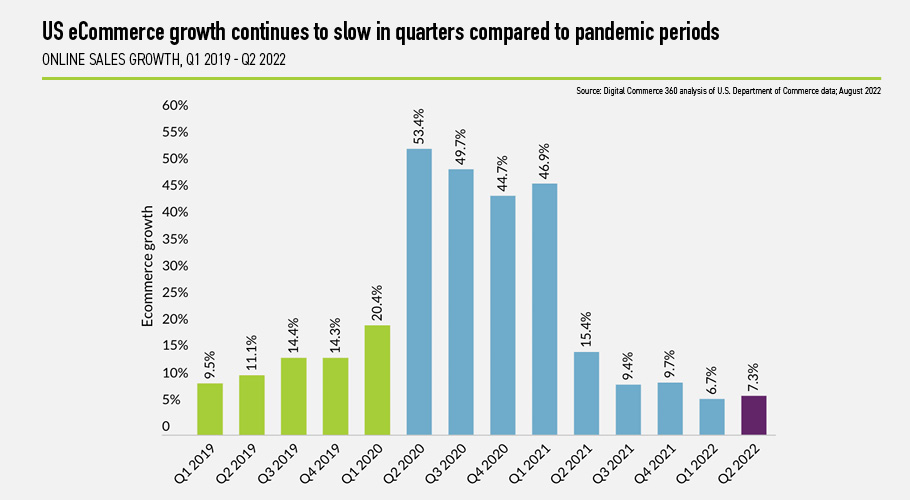
Shoppers Still Value Physical Experience
There certainly is an inherent convenience to shopping online that is boosting e-commerce sales and will continue to do so. However, retail therapy is real and remains strong.
“There’s actually a lot of psychological and therapeutic value when you’re shopping,” says clinical psychologist Scott Bea, PsyD. According to research, choosing what to buy strengthens shoppers’ perception of their environmental control and can also lessen depressive emotions. Sadness is generally related to feeling out of control.
The benefits of retail
Other benefits of shopping include:
- It can be a distraction from stress.
- Many times, shopping is for a treat or a reward that releases a hormone called dopamine in your brain.
- Non-digital shopping connects people and creates social interaction.
Beyond the emotional benefits, offline sales offer added functionality. The University of California’s California Management Review, based on the results of its recent study, goes even further to determine whether physical stores generate “incremental customer value” despite being more expensive to operate than an online store.
Customers need physical engagement with “deep” products
According to the findings, “a critical role of the physical store is to enhance customer value by providing physical engagement customers need to purchase “deep” products—products that require ample inspection in order for the customer to make an informed decision. The physical store provides the right engagement (“physical engagement”) at the right time (when customers buy deep products).”
The findings go on to note that “E-commerce has an important limitation: it falls short in physically engaging customers—a task brick-and-mortar locations are well-equipped to do. This capability is crucial because many products require physical engagement in order for the customer to make an intelligent, informed decision.
Customers need to touch, feel, and try on clothing, shoes, bags, and jewelry. They need to sit on that new couch. They need to hear and feel the power of that TV soundbar. They need to smell the perfume. In essence, they need to “kick the tires” for many products. These are all examples of physical engagement.”
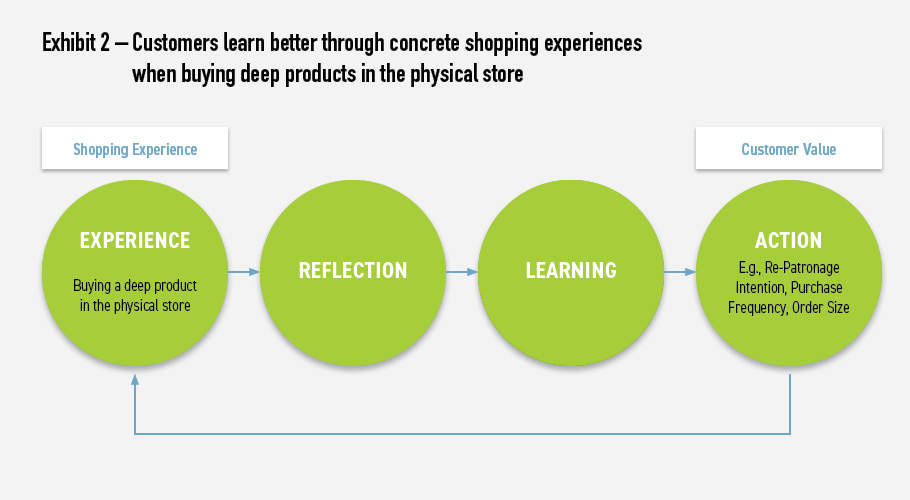
Two Suggestions for Offline Opportunity
We see that there remains a lot of value in offline sales, and we know digital e-commerce isn’t going anywhere. So, what now? Well, you’re not alone in asking that question. One of the biggest challenges marketers say they face is “understanding and prioritizing customer value at all touchpoints during the omnichannel customer journey.”
Besides omnichannel, the other marketing buzzword that keeps popping up now is “seamless”—as in creating a seamless journey for customers. And these consumers are more demanding than ever before, so brands and retail stores need to step up. The good news is that as the impacts of the pandemic, its variants and the resulting cocooning of consumers lessens, it appears consumers are longing for that physical experience again. According to a recent study in Chain Store Age, more than half of U.S. consumers would rather shop in-store.
So, what should retailers be doing for their retail customers today? Two key ideas should lead your priority list.
1. Keep blurring those lines between digital and physical.
Create a seamless experience where shoppers can take advantage of the best of both worlds. To be consistently engaging, retailers need to think of digital and physical as tactical arms of the same strategy. Merging data from all channels (social, email, online store, in-store purchases) will create a fully rounded relationship with customers. Keep up with their shopping habits and create a more meaningful message for them and create opportunities for more profitable transactions.
More and more software options are increasingly being introduced that can help assemble this data of “events” and synthesize it in close to real-time for retailers to remove any obstacles to the right sale and provide actionable research for insights. An enhanced, smarter—and more seamless—digital and physical experience increases loyalty and contributes to a greater sense of community with customers. It also allows retailers to target the right audience with the right message. For example, incentivize that customer via email if they haven’t been in to see you in some time.
2. Leverage the physical and social benefits that come with an in-store shopping experience.
Depending on the role your store plays in consumers’ lives, make the experience memorable or easy, and ideally both. If you want to be memorable, reimagine your space to inspire, entertain and bring your business values and benefits to life. If your role is to be easy, then look for ways to simplify the shopping process.
For example, more and more stores are offering different simple setups for click and collect across various channels, or the even more advanced Amazon option of the “Just Walk Out” tech strategy. It’s adaptable, and there are creative examples all over the place. One local pizzeria down the street from our Louisville headquarters offers a drive-thru pizza pickup window. That’s click and collect!
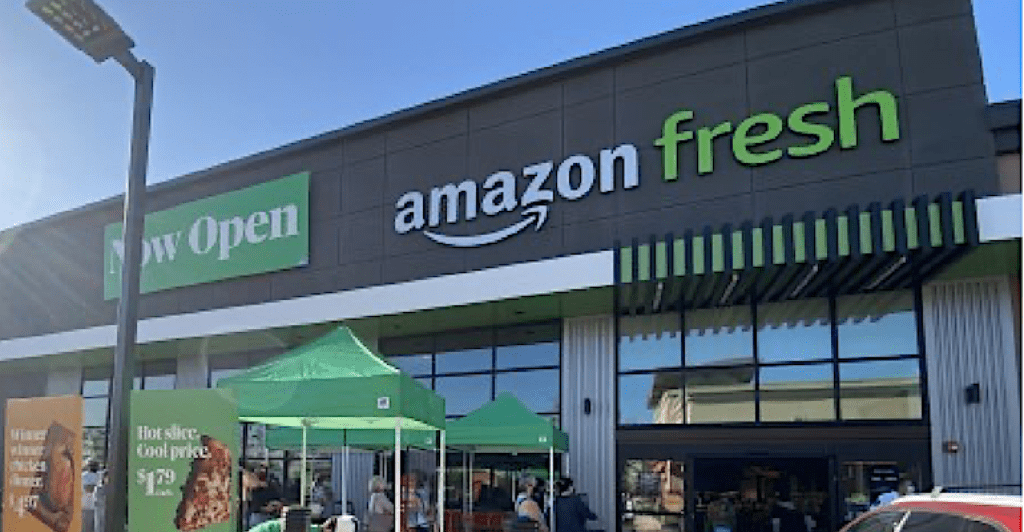
If you want to make your store’s role in consumers’ lives memorable, find new ways to engage and excite them into visiting and making memories. Roark, an adventure lifestyle brand, uses its stores to tell its story. Two collections are released each year based on a travel destination. Customers can follow “the adventure” on social media and in the Roark Journal. Roark also infuses elements of the collections in its store design to keep stores fresh.
Get Expert Help Understanding Retail vs. E-Commerce
If you would like to talk about areas of opportunity in your physical or e-commerce environments, give us a call at 502-499-4209 or drop us a note here, and we’ll be happy to help.
Our Articles Delivered
Signup to receive our latest articles right in your inbox.

